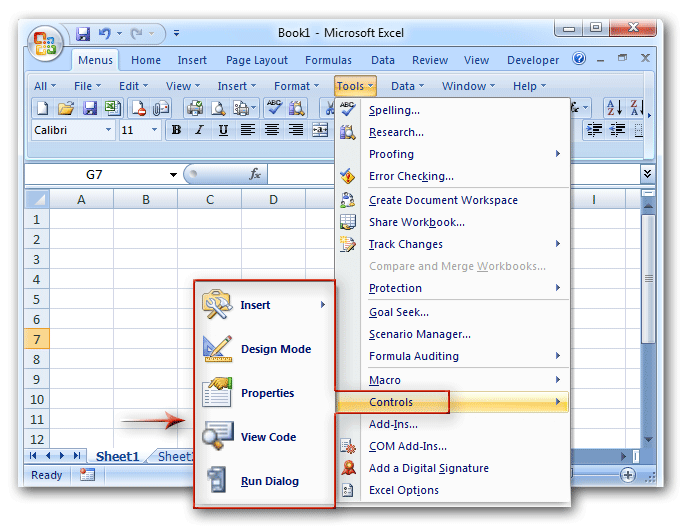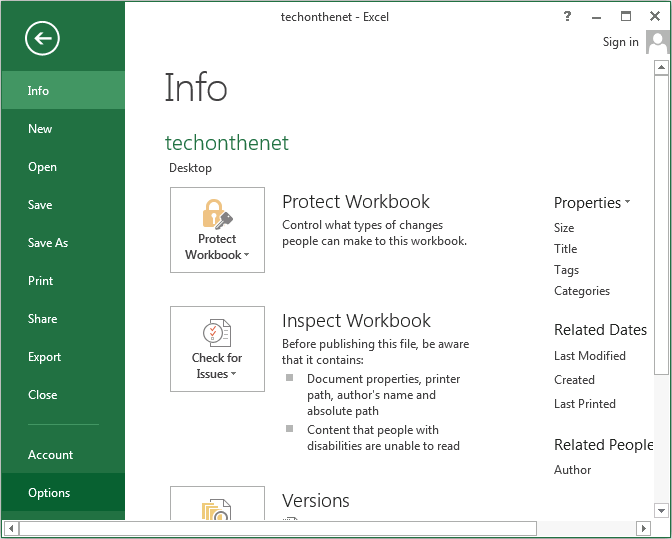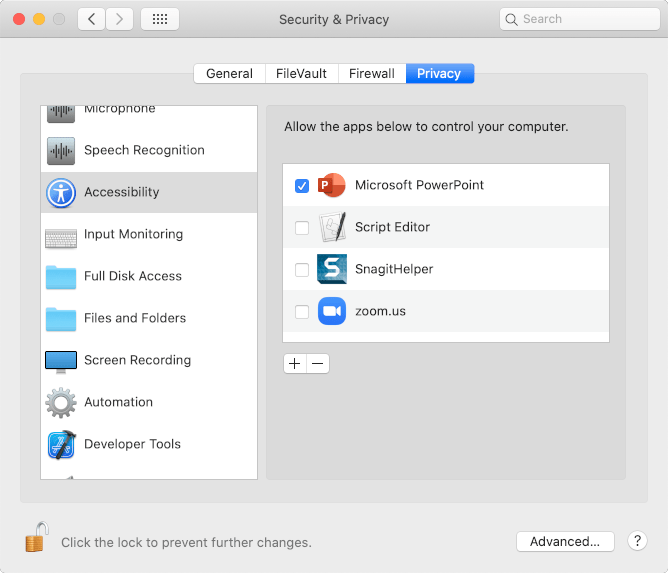

In Excel parlance NOW() is a volatile function which makes the whole name formula volatile. Because the name formula has the NOW() function, Excel will recalculate the entire name whenever a recalc occurs. NOW() always returns a date/time (obviously) so &T(NOW()) will always add nothing to a string.

T() is a test for a text value with the useful property of returning an empty string ( “” ) if the function contents are NOT text. NOW() returns the current time and is automatically updated by Excel whenever it recalculates the worksheet.
#Get developer tab in excel mac update#
To make the array update automatically needs an old Excel trick to force recalculations: Changes to the tabs or names might not be quickly reflected in the array list. It’s only refreshed when Excel thinks it’s necessary, which isn’t good enough in this case. The formula, and the array list it makes, has a limitation. At least they’re grouped together at the end of your tabs list. Here, the array example has the ‘Hide me away’ tab listed but it’s not on the tab list at the bottom of the worksheet.Īll you can easily do is temporarily unhide any hidden tabs, move them to the end of the tabs list then rehide them. Get.Workbook includes any hidden workbooks. Other Excel’s (Mac, Online and apps) will show nasty #NAME errors instead. Obsolete functions like Get.Workbook only work in Excel for Windows. That’s a problem in some situations where macro-enabled Office documents are restricted or outright blocked due to security/virus risks. Instead save as a macro-enabled workbook. Save as a macro workbookīecause Get.Workbook() is an old Excel 4.0 function it can’t be saved in a ‘macro-free’. Those mostly arise because the formula uses an obsolete function that Microsoft hasn’t replaced in modern Excel releases. Too often the setbacks of this approach aren’t mentioned. It’s widely quoted on the Internet having been tweaked and adapted over time by various Excel wizards. Let’s stop a moment to mention some of the little gotchas about this tip. The worksheet names will fill the cells to the right. To test your new name type =SheetList into a cell. You won’t find it in the Formulas tab but it works fine … with some conditions we’ll mention in a moment. It’s an old Excel function that’s still necessary and available but not part of the current Excel function list. Go to Formulas | Define Name | Define Name … The tricky bit is making the initial list of tab names.Ĭreate a Define Name with a function which grabs the list of worksheets and puts them into an array. We’ll break it down so you can understand how the whole thing comes together. The steps are straightforward, even if you don’t understand the functions and formulas involved.

There’s no direct function to do it and the current method relies on a very old and officially obsolete Excel function (which has no modern equivalent for reasons passing understanding). Making a list of worksheets is a thing you might expect to be easy but is almost ludicrously intricate. Now we’ll take the next step and make an automatic list of worksheets that will update as the workbook changes.
#Get developer tab in excel mac manual#
We’ve already talked about fitting more tabs on the screen or making a manual list of tabs/worksheets. An automatically updated list of all worksheets or tabs in Excel but there are ‘gotchas’ which aren’t often mentioned.


 0 kommentar(er)
0 kommentar(er)
